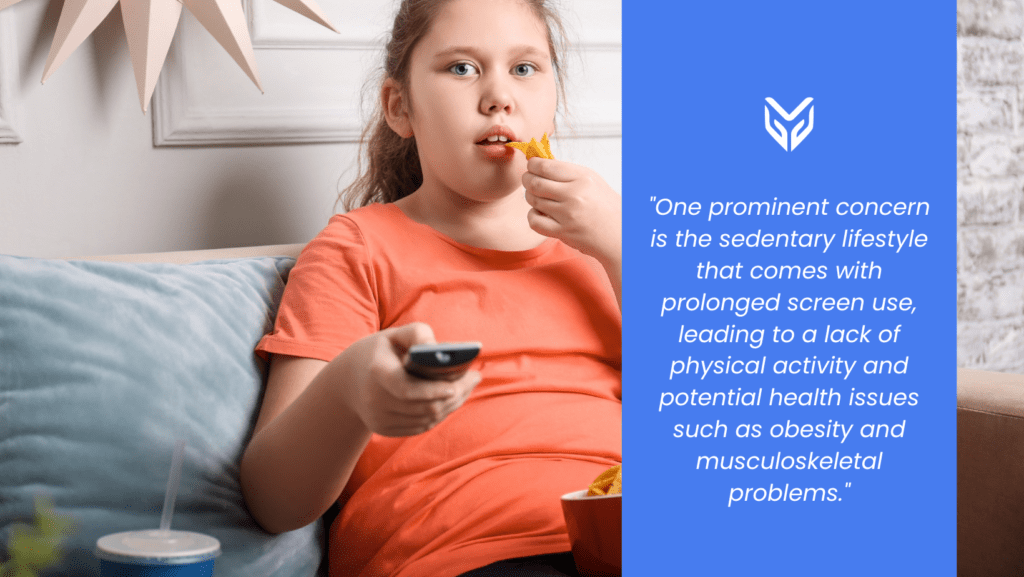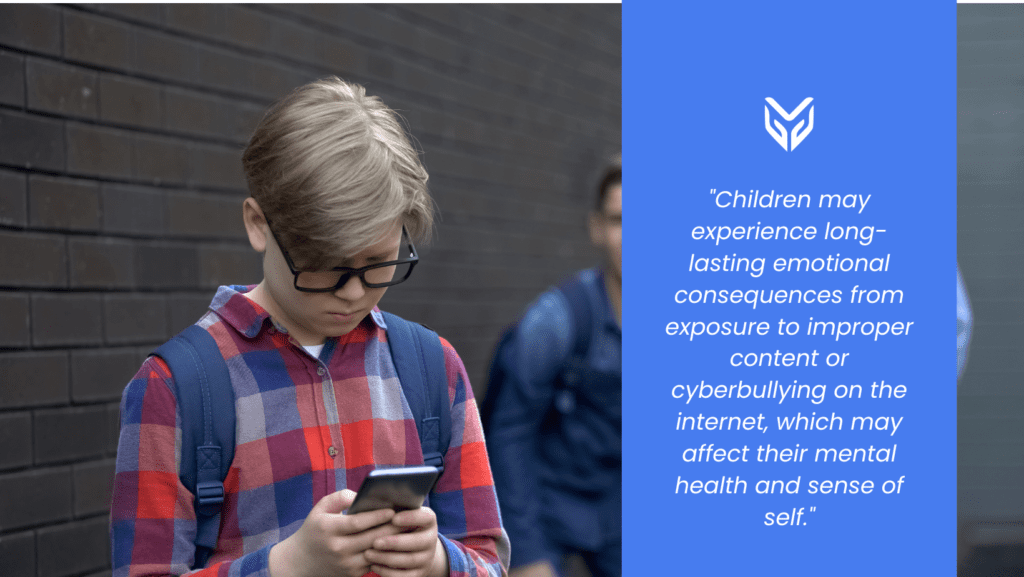NEWS
Kids’ Screen Time: These Are Some Downsides

Nowadays, the quantity of kids’ screen time is rising, with youngsters devoting a substantial chunk of their day to screen-based activities. According to The Centers for Disease Control and Prevention (CDC), the average daily screen time hours per age group in the US are quite alarming. For instance, 8- to 10-year-olds spend an average of 6 hours per day on screens, while 11- to 14-year-olds clock in at 9 hours daily.
Furthermore, 15- to 18-year-olds aren’t far behind, spending an average of 7.5 hours per day engaged with screens. This includes various activities such as watching TV, playing video games, and using smartphones or computers. This exposure to screens from an early age is sparking concerns among educators and parents.
The Impact of Excessive Screen Time
Excessive screen time can have many damaging effects on children’s physical, mental, and emotional well-being. One prominent concern is the sedentary lifestyle that comes with prolonged screen use, leading to a lack of physical activity and potential health issues such as obesity and musculoskeletal problems. Additionally, experts link excessive screen time to disturbed sleep, with screens emitting blue light that can disrupt the body’s natural sleep-wake cycle, resulting in poor-quality sleep and daytime fatigue.

Cognitive Development Challenges
Moreover, kids’ screen time can impede cognitive development, particularly in younger children. Extended periods spent in front of screens can hinder the development of essential cognitive skills such as attention span, problem-solving, and creativity. Research suggests that excessive screen time may also contribute to attention deficit issues and difficulties in regulating emotions and behavior, impacting academic performance and social interactions.
Social and Emotional Impacts
Children’s extensive screen usage is also concerning in ways it may affect their social and emotional development. Overusing screens can reduce in-person contacts and restrain the development of critical social skills such as empathy, communication, and conflict resolution. In addition, children may experience long-lasting emotional consequences from exposure to improper content or cyberbullying on the internet, which may affect their mental health and sense of self.

These are 5 common signs of cyberbullying and how to tackle the modern threat.
Addressing the Challenge: A Solution for School Screen Management
To mitigate the negative effects of kids’ screen time, schools can implement effective screen management solutions. Our solution offers innovative classroom screen monitoring, content filtering, and threat detection; comprehensive tools for managing screen time in educational settings and protecting students.
With Blocksi, educators and tech directors can:
- monitor students’ screen activity in real-time, ensuring appropriate usage and minimizing distractions during lessons
- block access to non-educational content with content filtering, creating a focused learning environment conducive to academic success
- detect potential threats, such as harmful content and cyberbullying, by scanning students’ online spaces with our double K-12 threat detection.
This ensures students’ time spent in front of the screens is focused, beneficial for their learning and growth, and above all safe.
Extending Screen Management Beyond School Hours
One of the key advantages of Blocksi’s solutions is their flexibility, as it can be seamlessly extended beyond school hours with parental consent. Parents can continue monitoring and filtering their child’s screen time at home, providing a consistent approach to managing screen use across different environments. By empowering both educators and parents with the tools to oversee and regulate kids’ screen time, Blocksi promotes healthy screen habits, and fosters balanced digital lifestyles among children.

Ensure Kids’ Screen Time Is Monitored and Safe
In conclusion, the increasing kids’ screen time poses significant challenges to children’s health, development, and well-being. However, with rising awareness and implementing effective screen management solutions like Blocksi, you can address these challenges and promote healthier screen habits among students. By prioritizing balanced screen use and fostering digital literacy skills, we can ensure children thrive in today’s technology-driven world while maintaining their overall well-being and development.
SOURCES
[1] Screen Time vs. Lean Time Infographic
[2] Screen time and childhood attention deficit hyperactivity disorder: a meta-analysis





